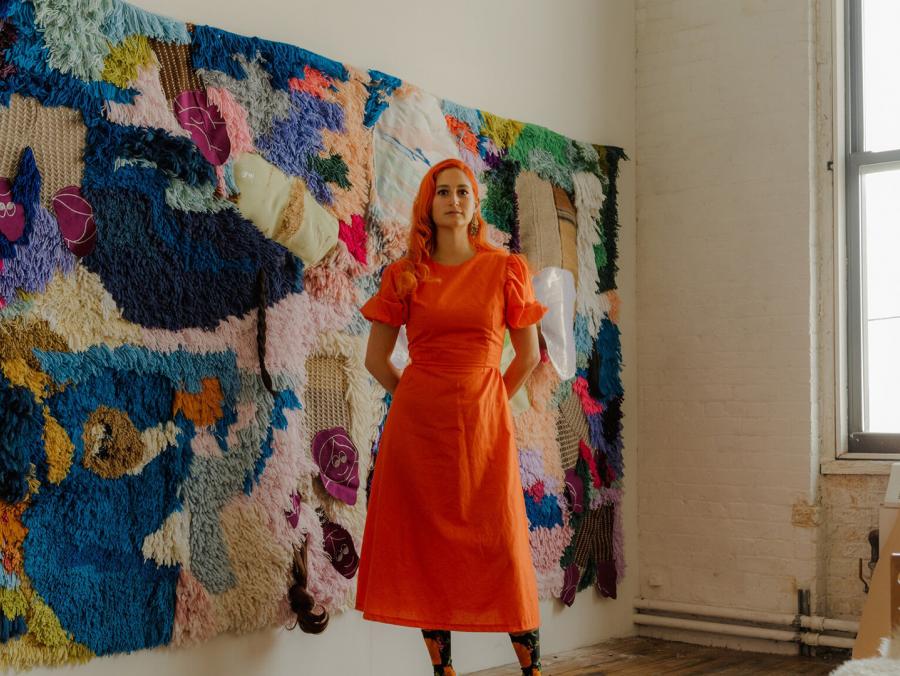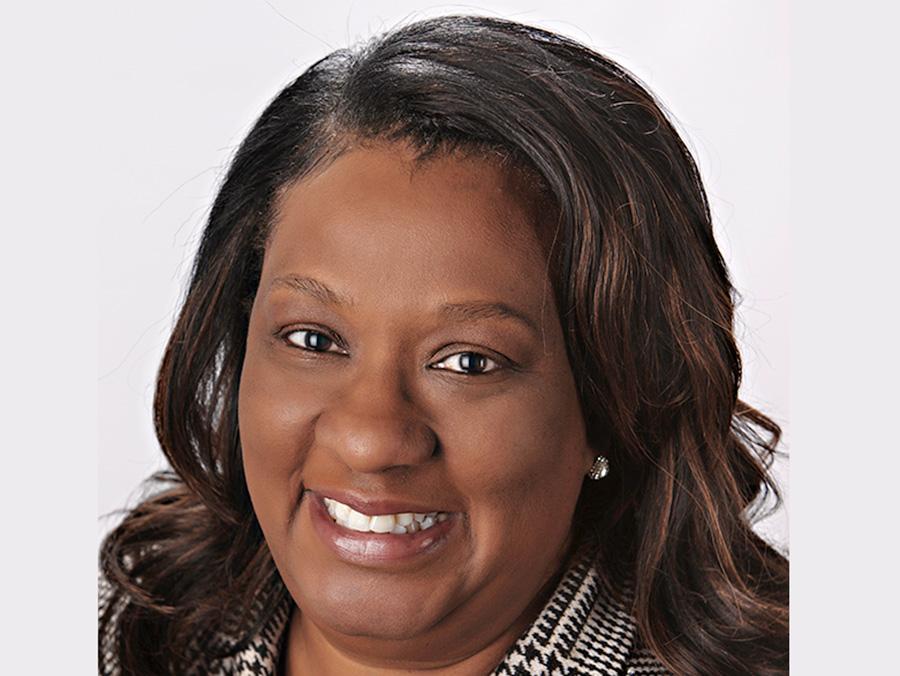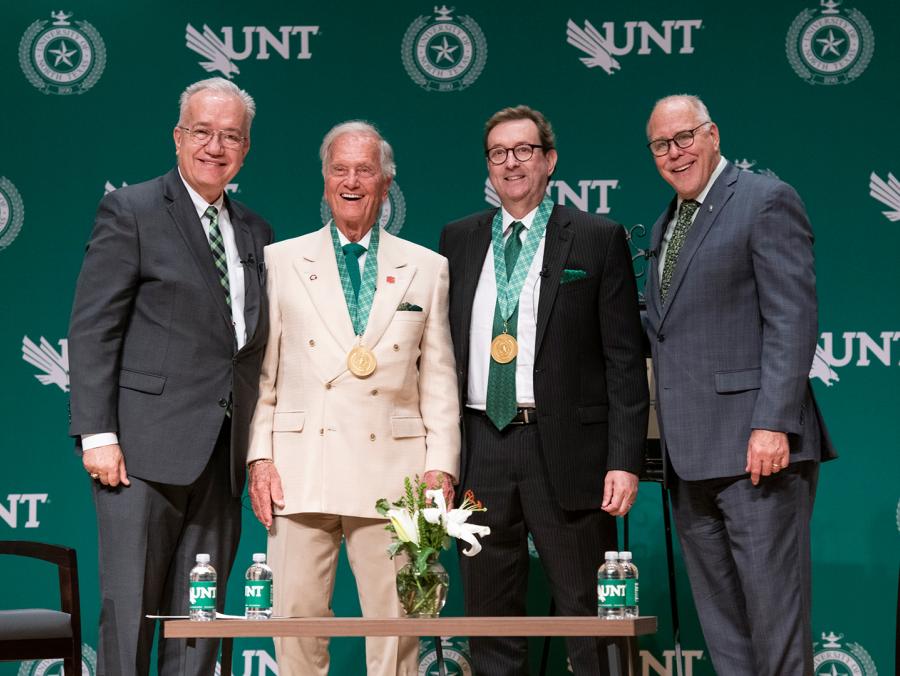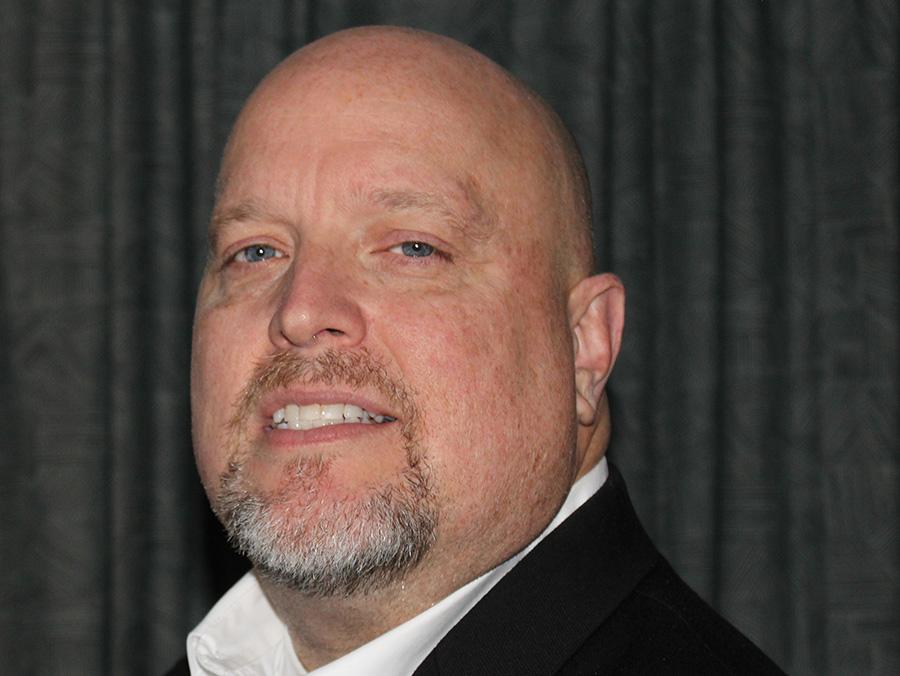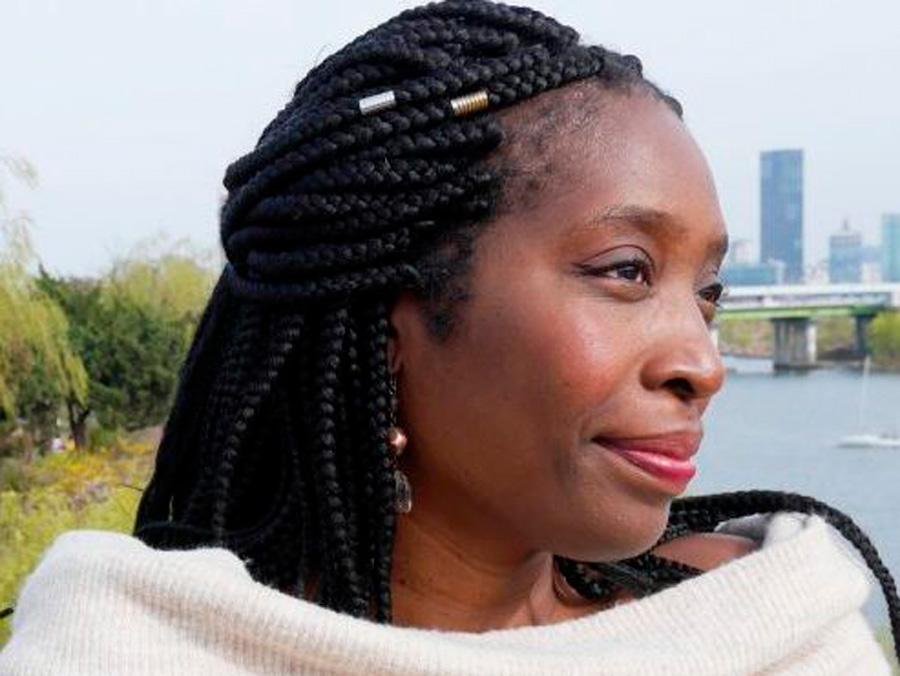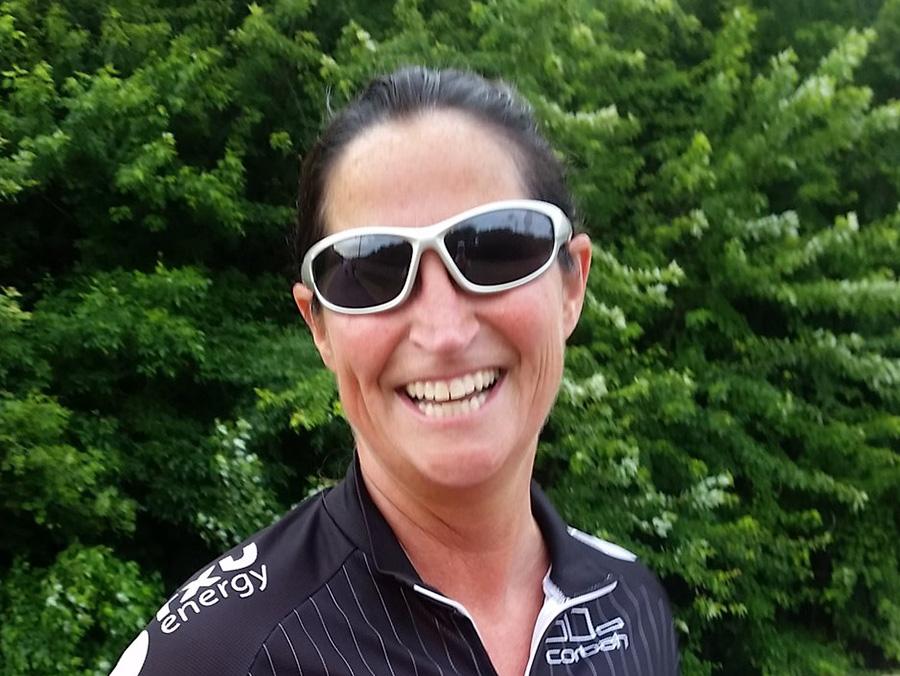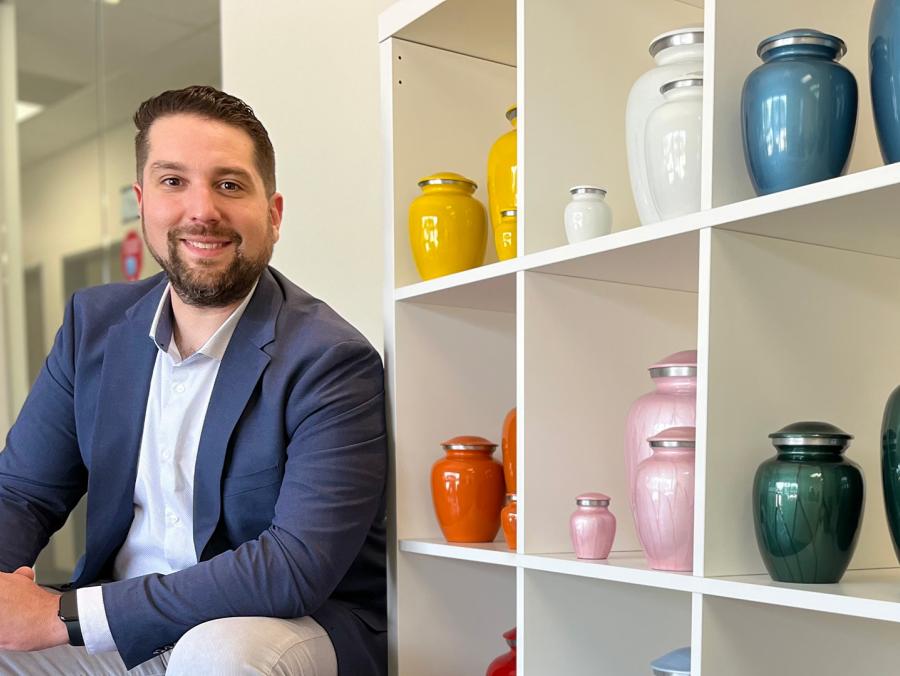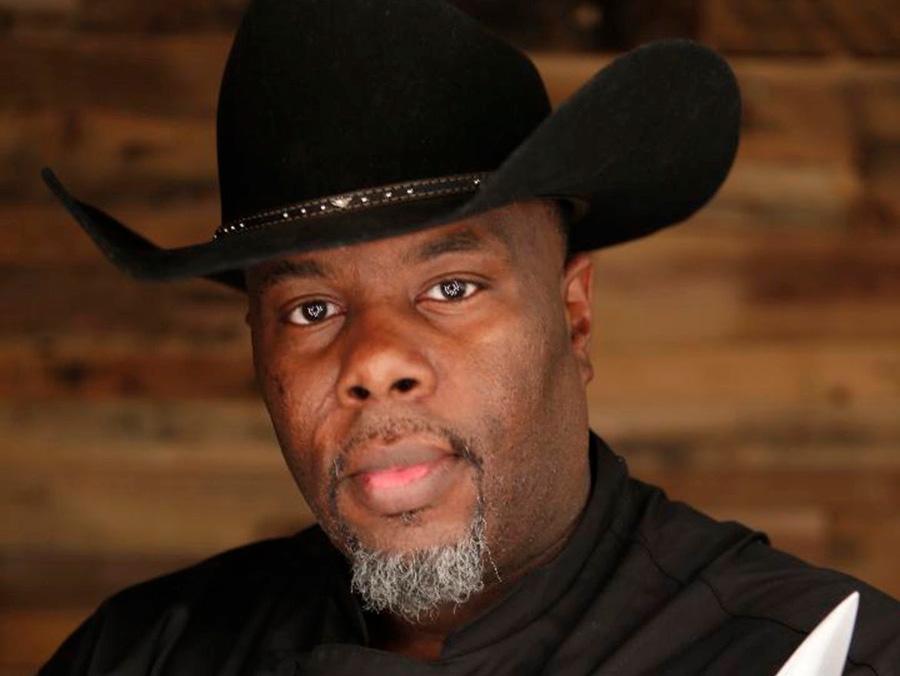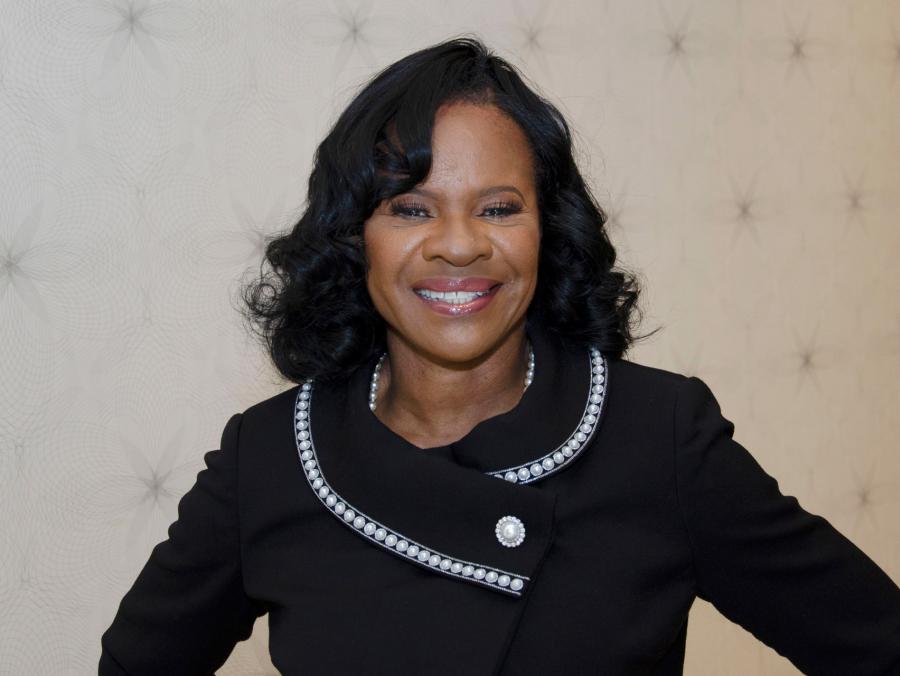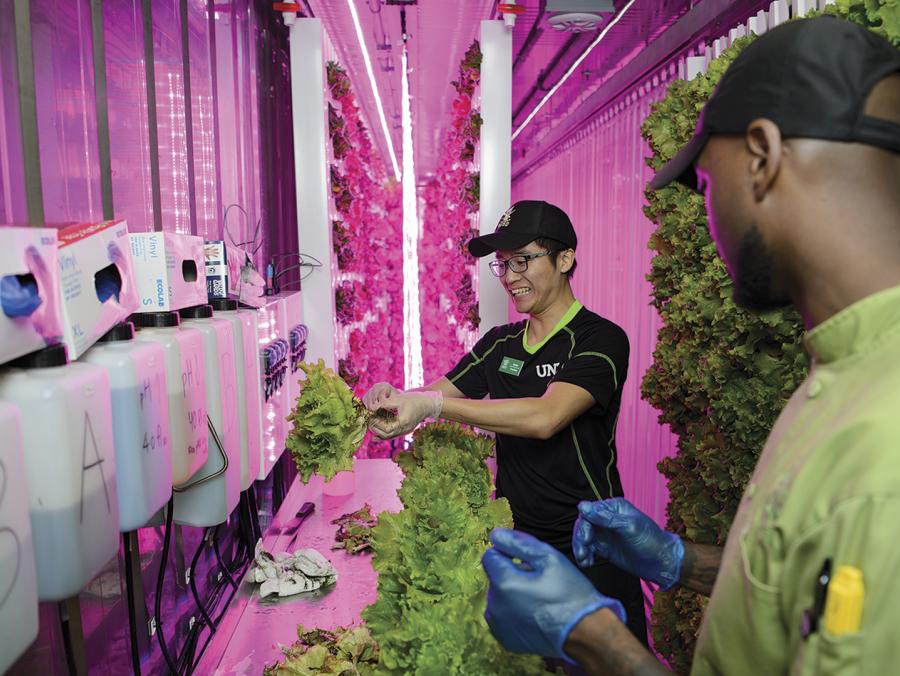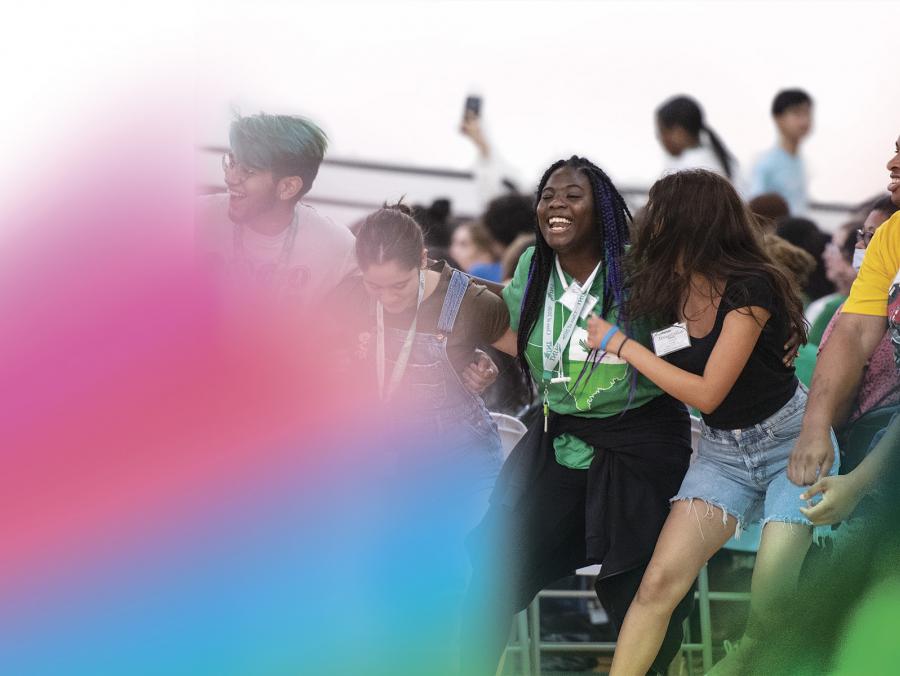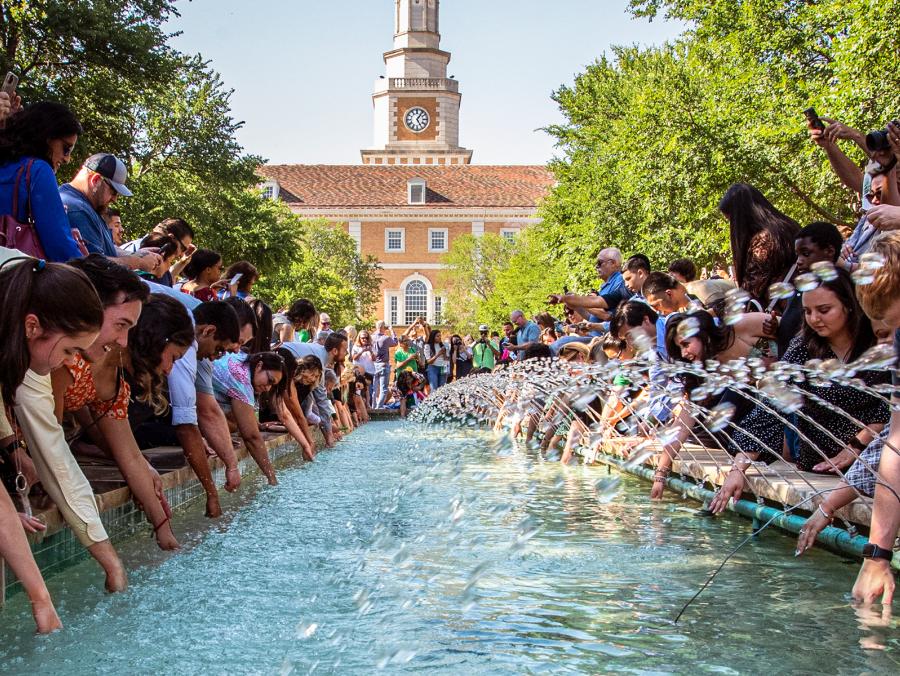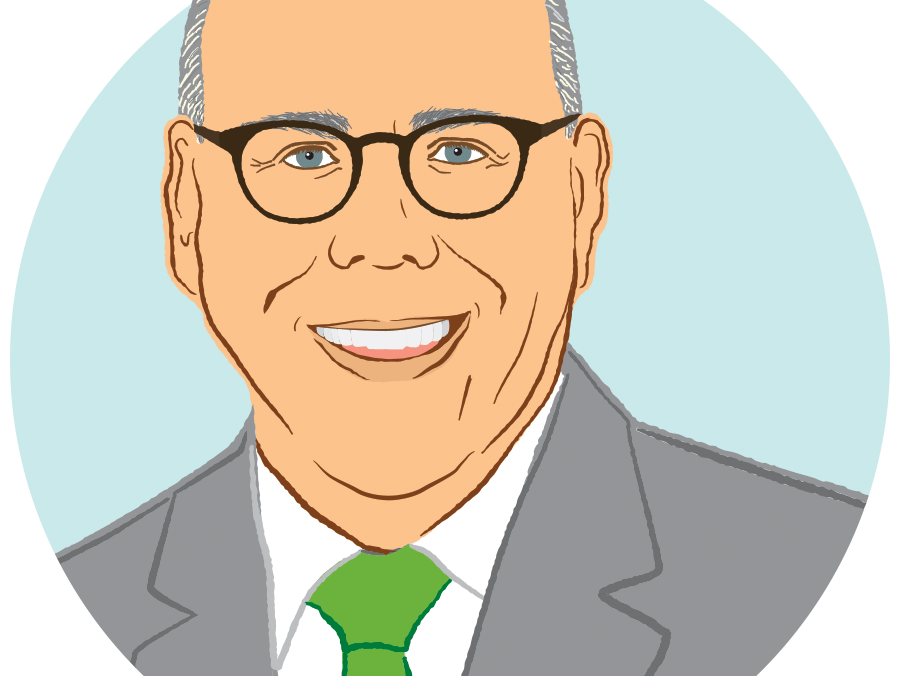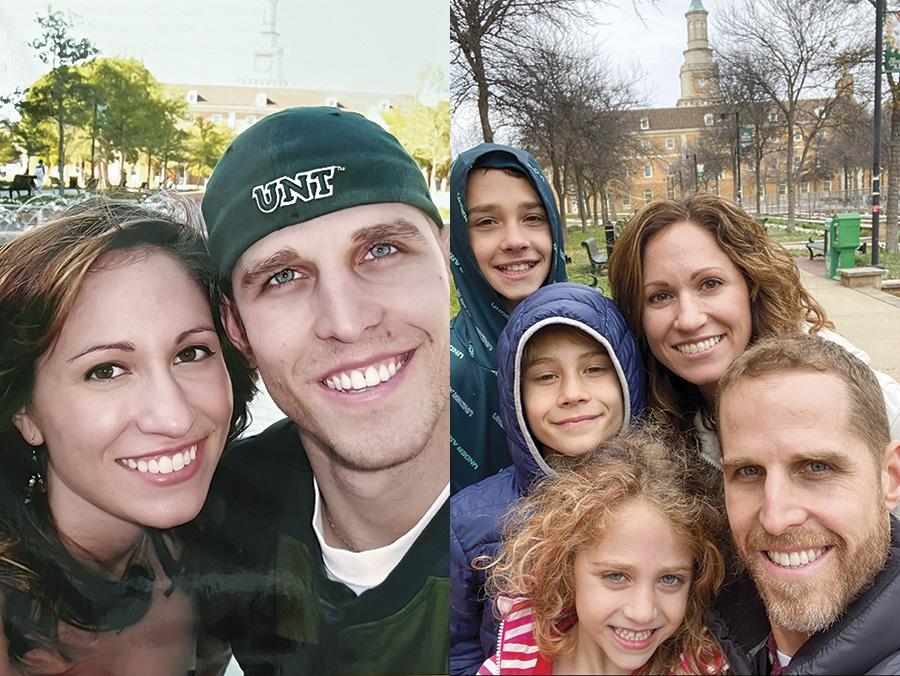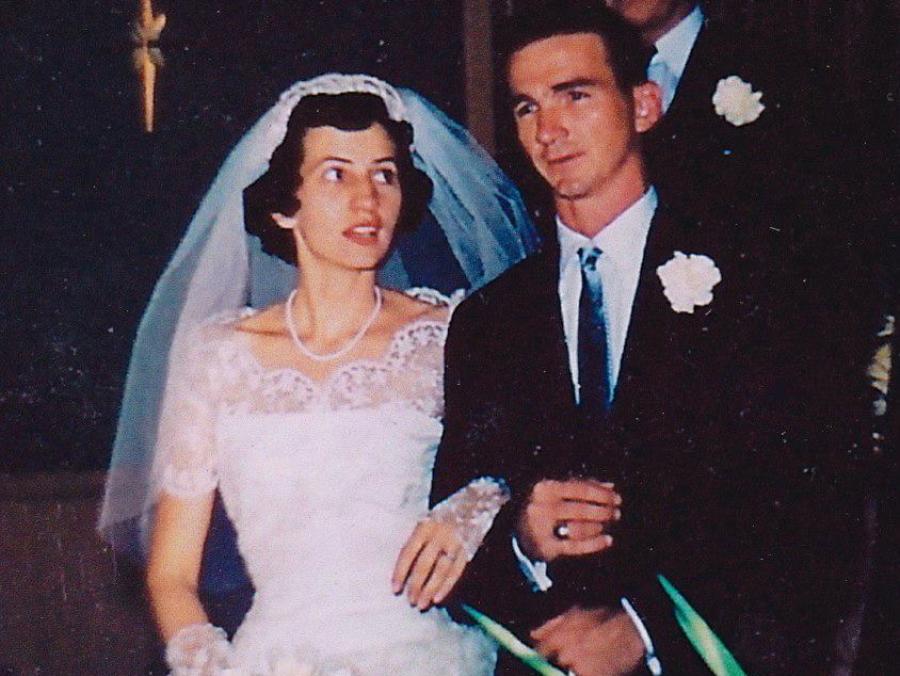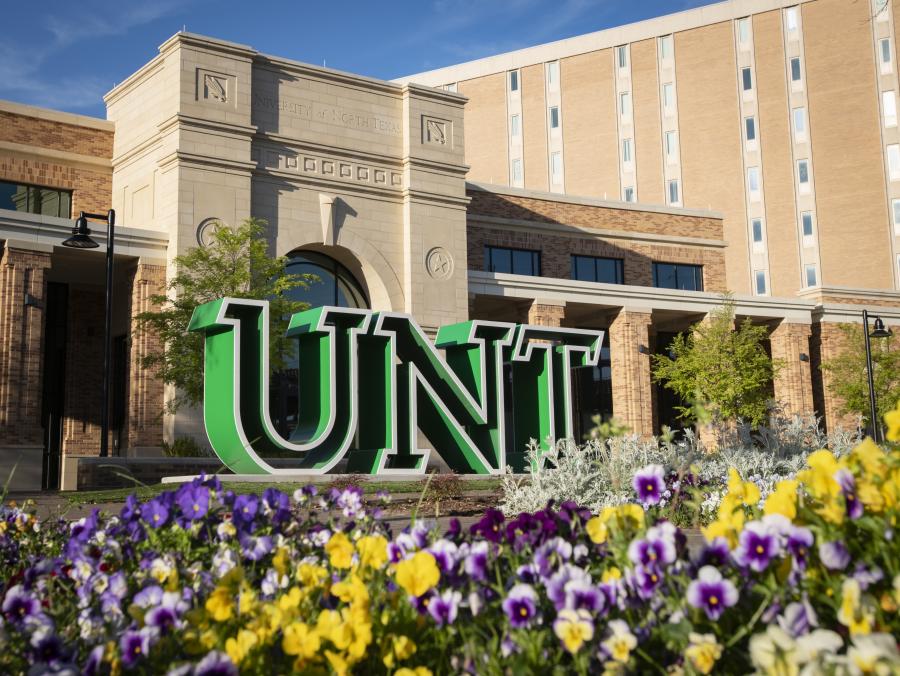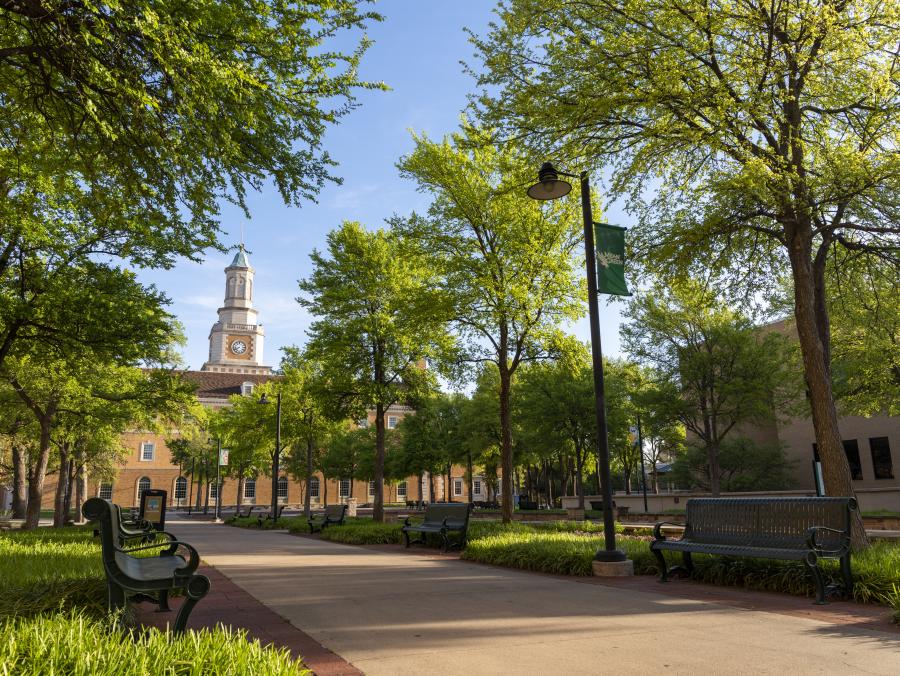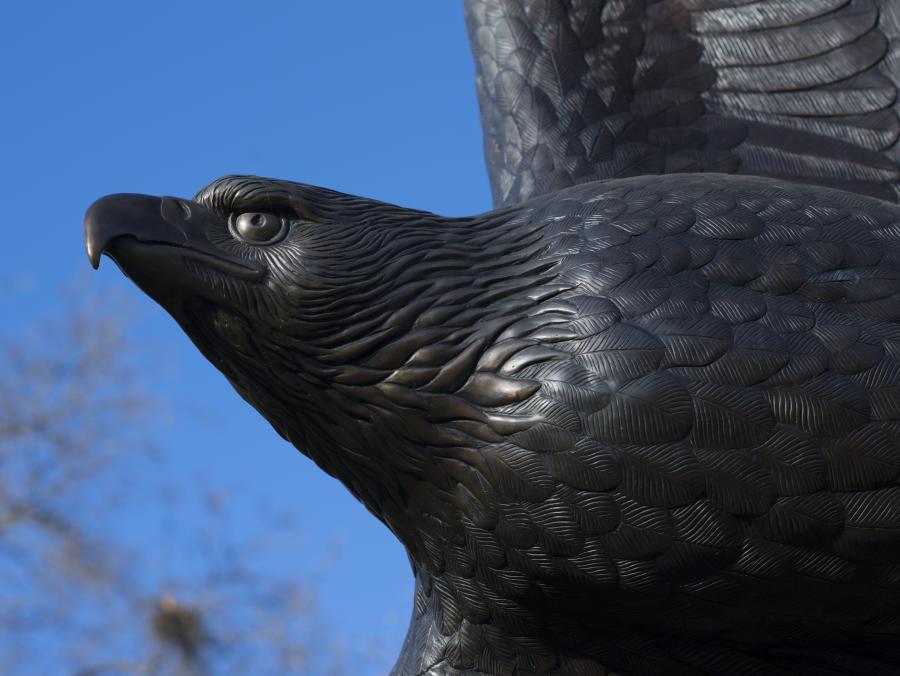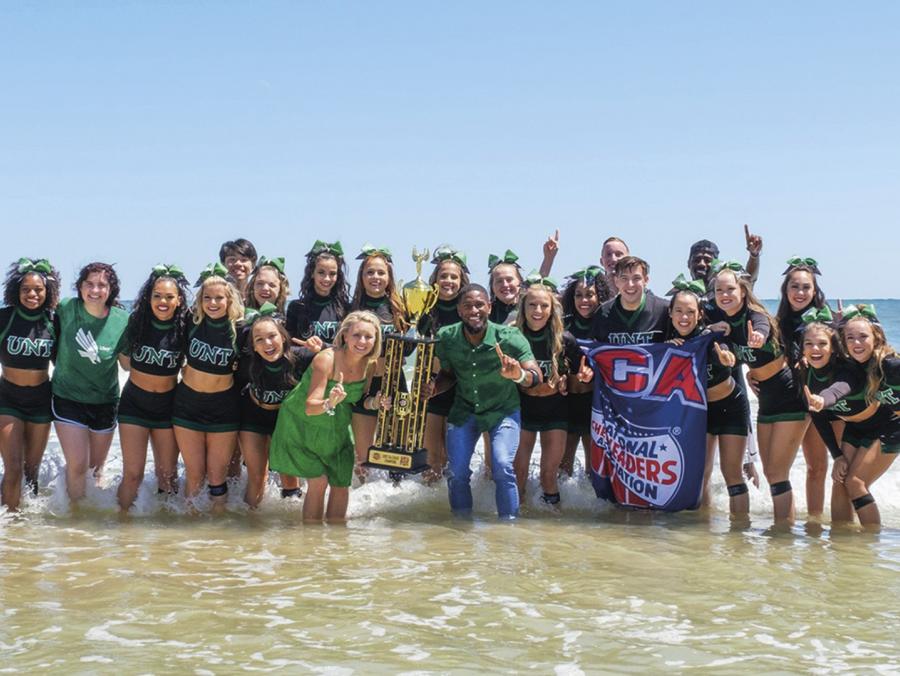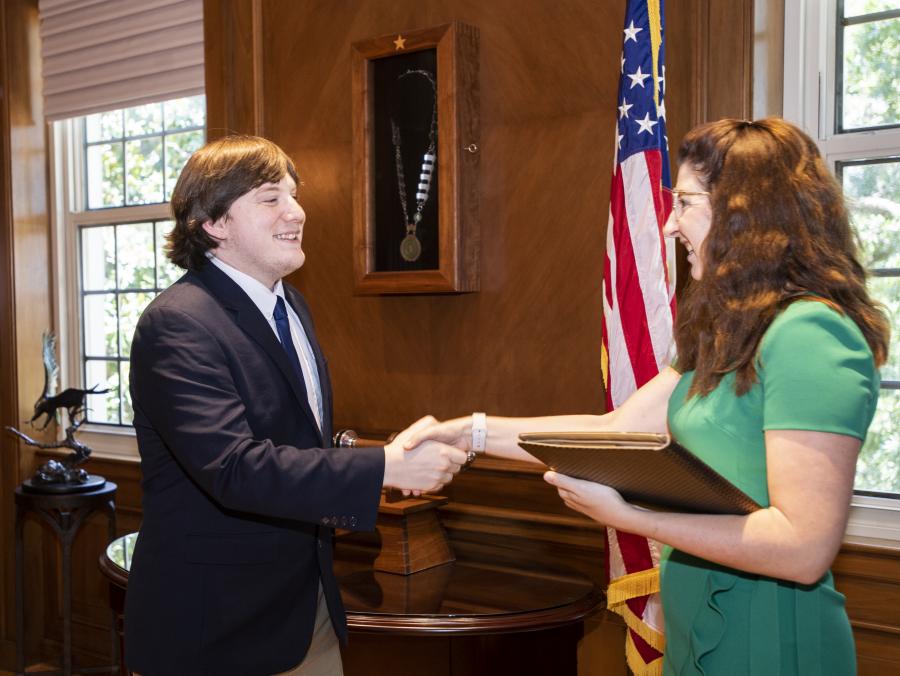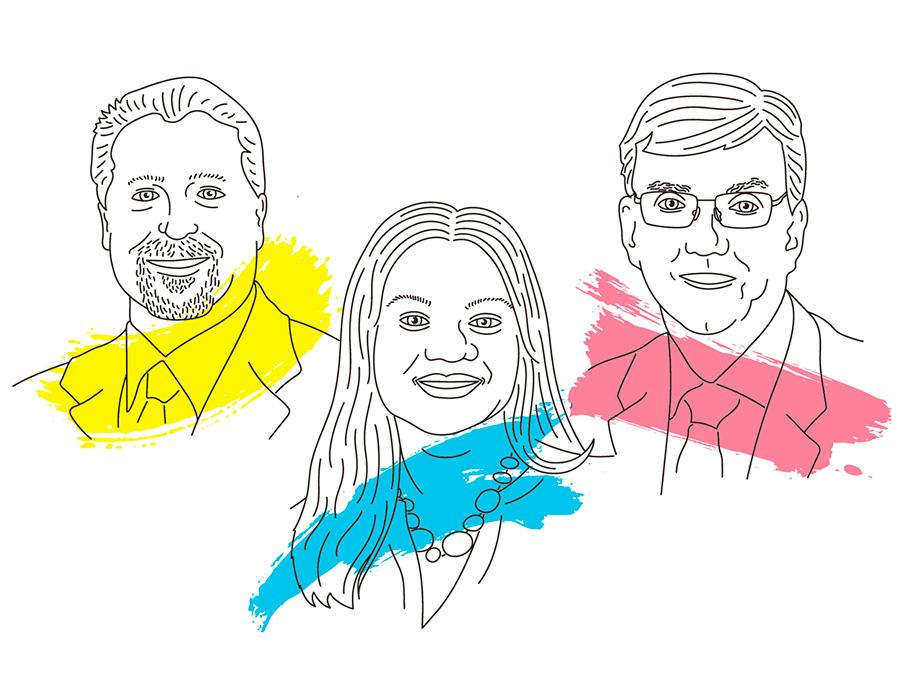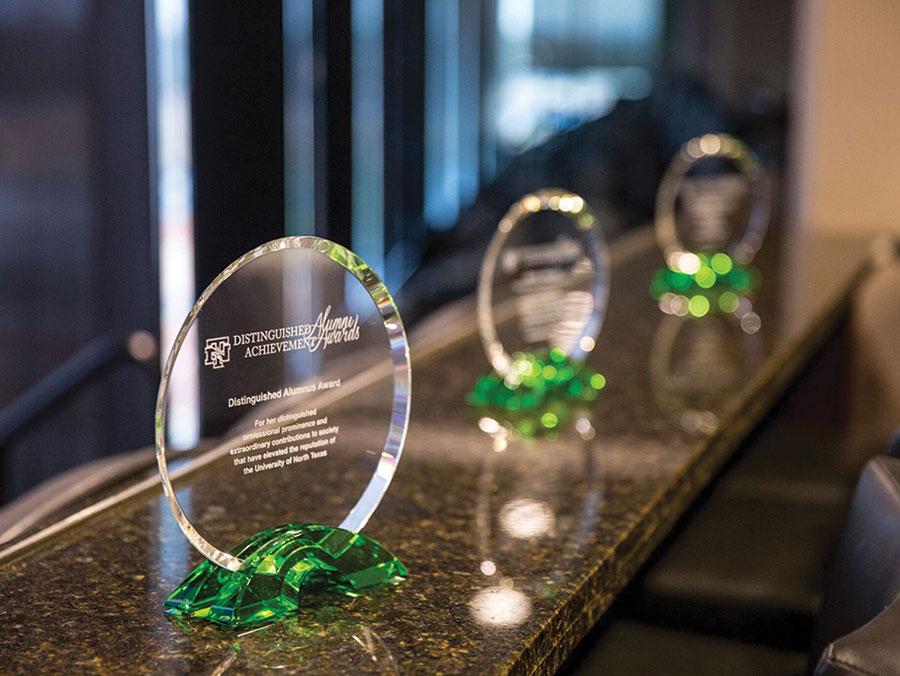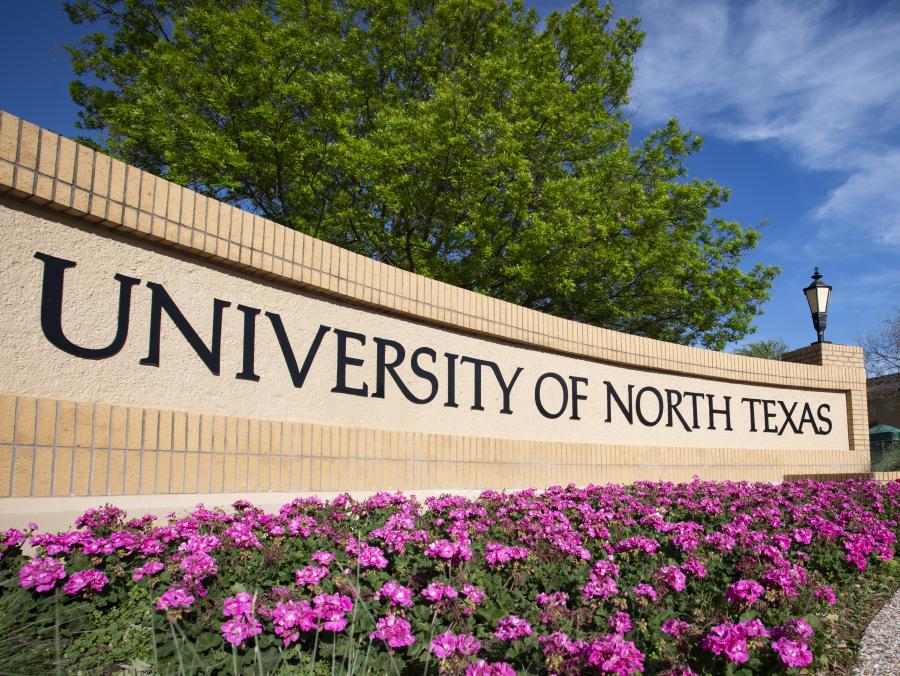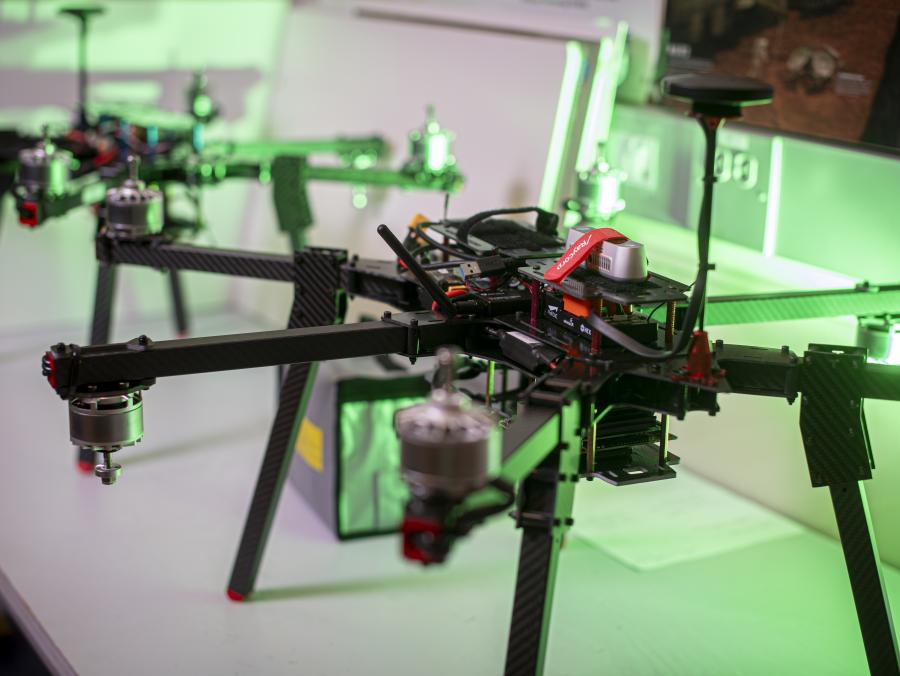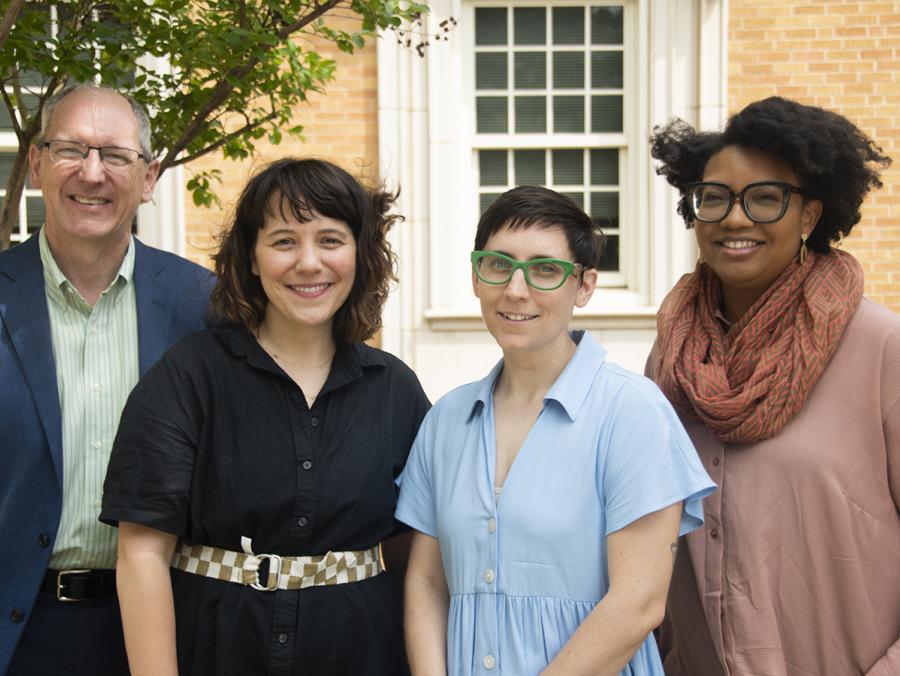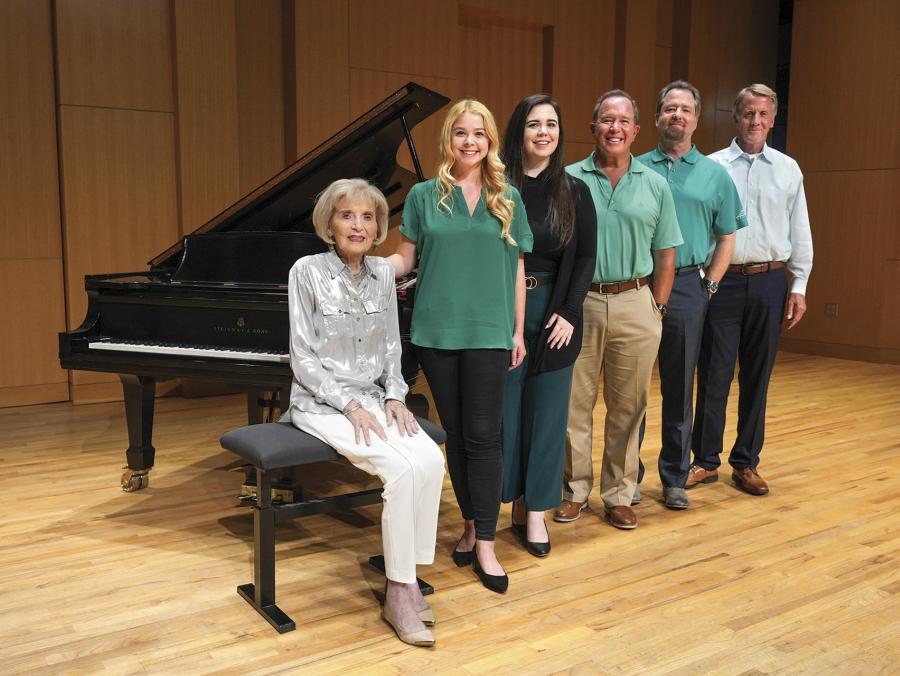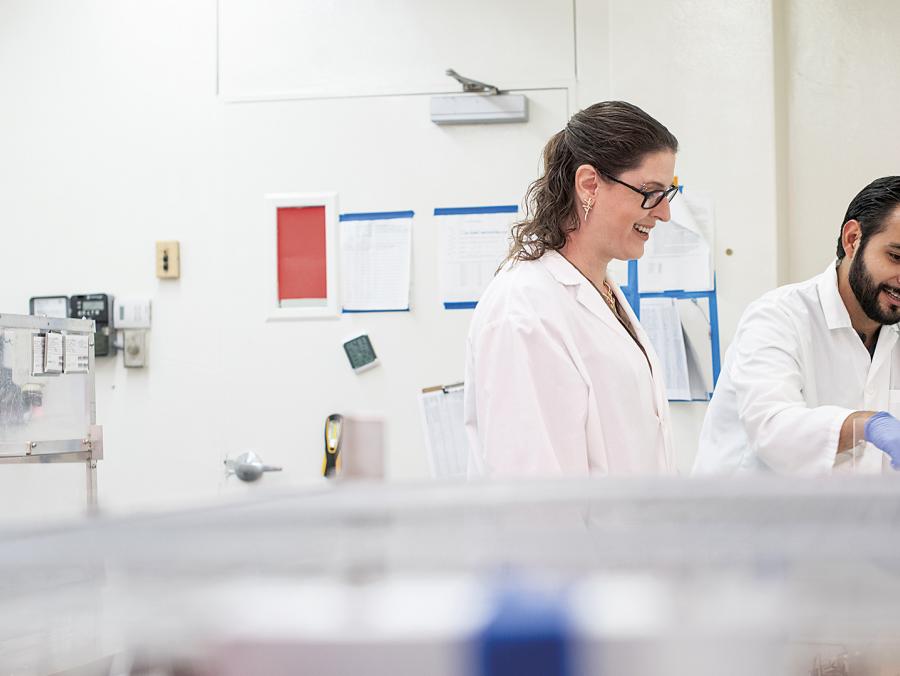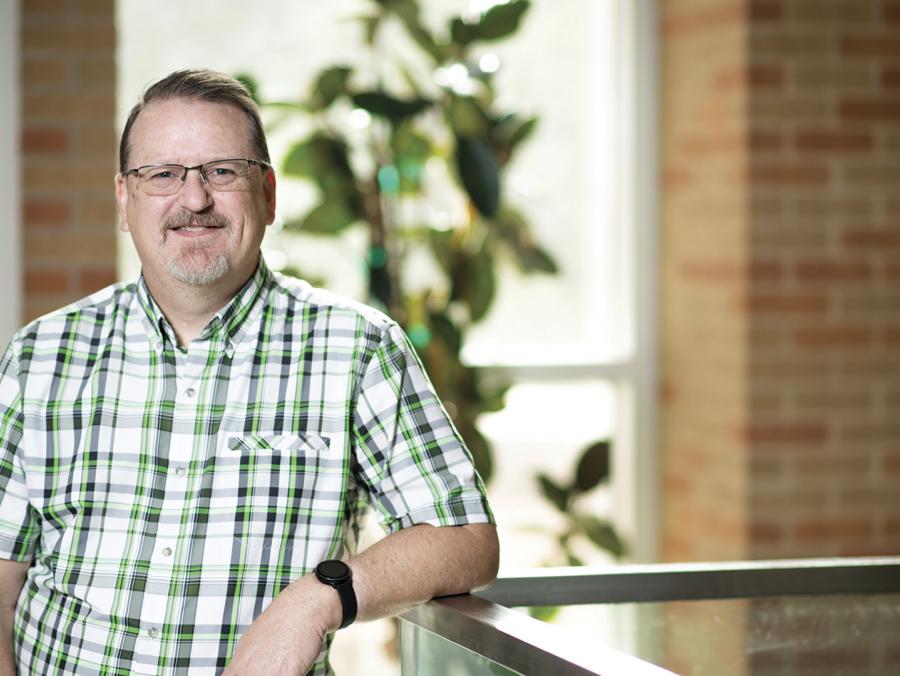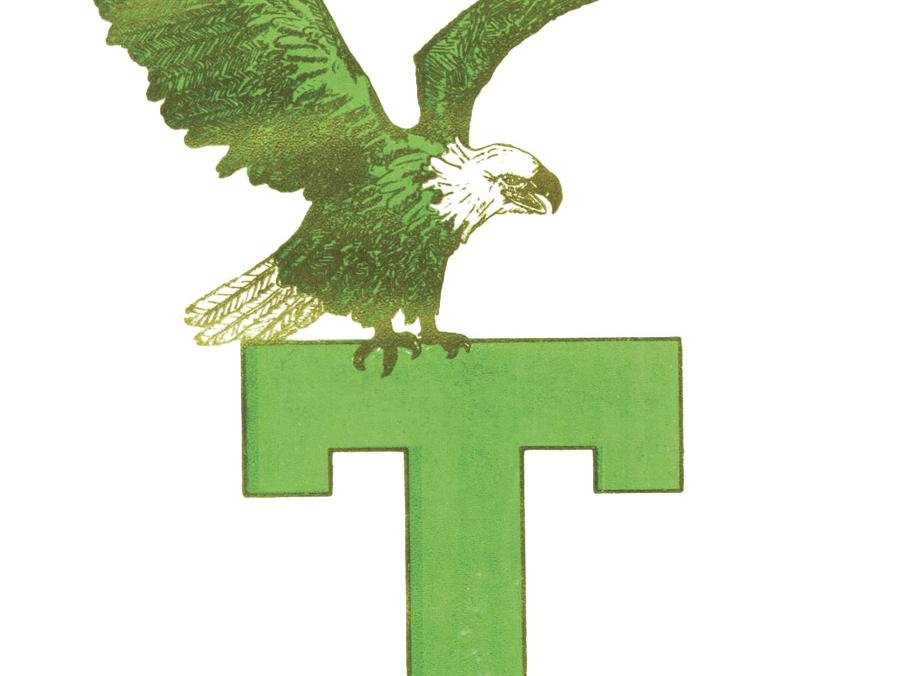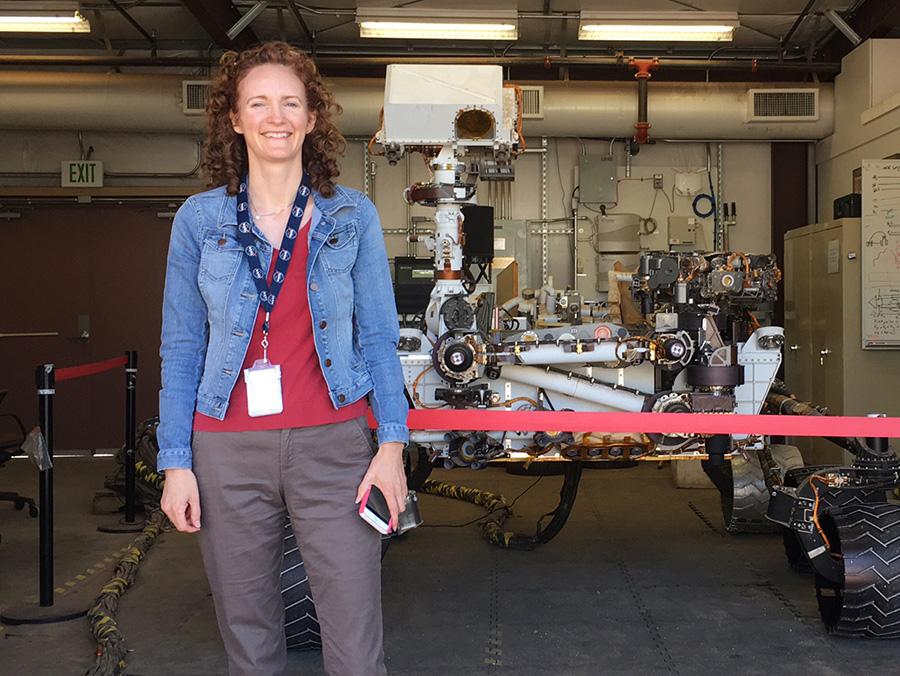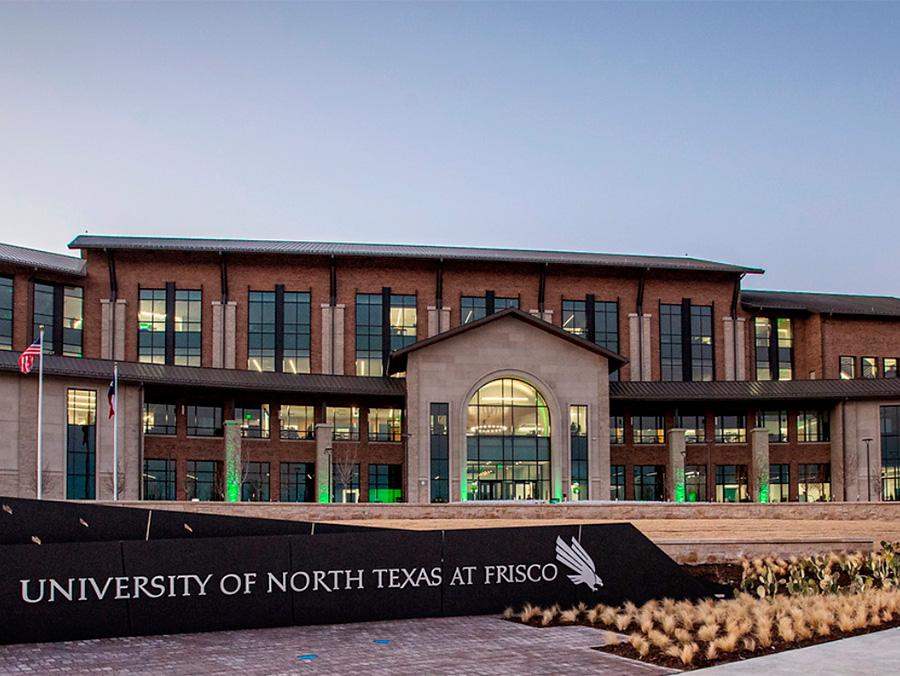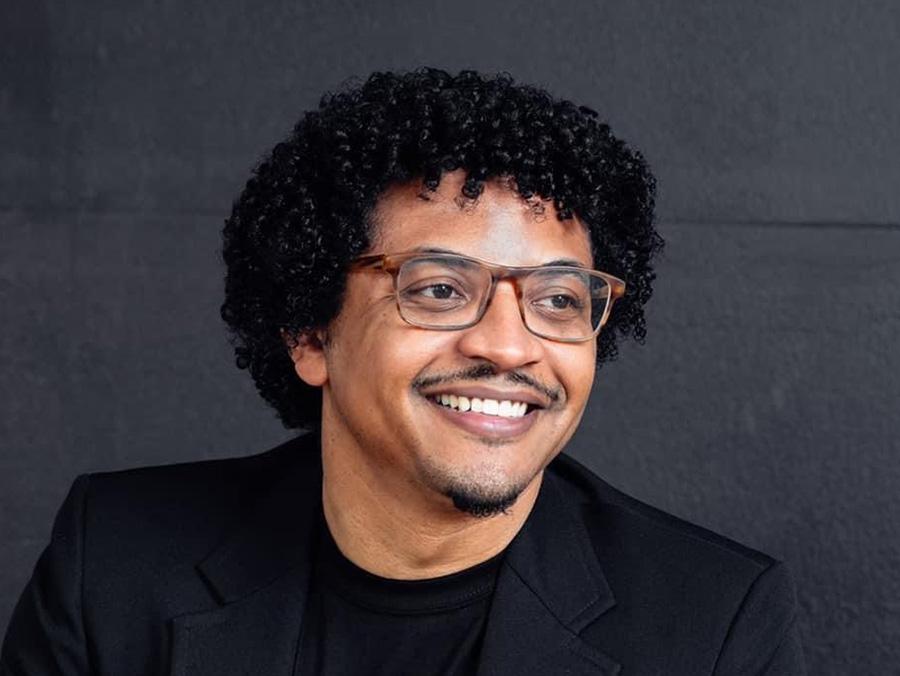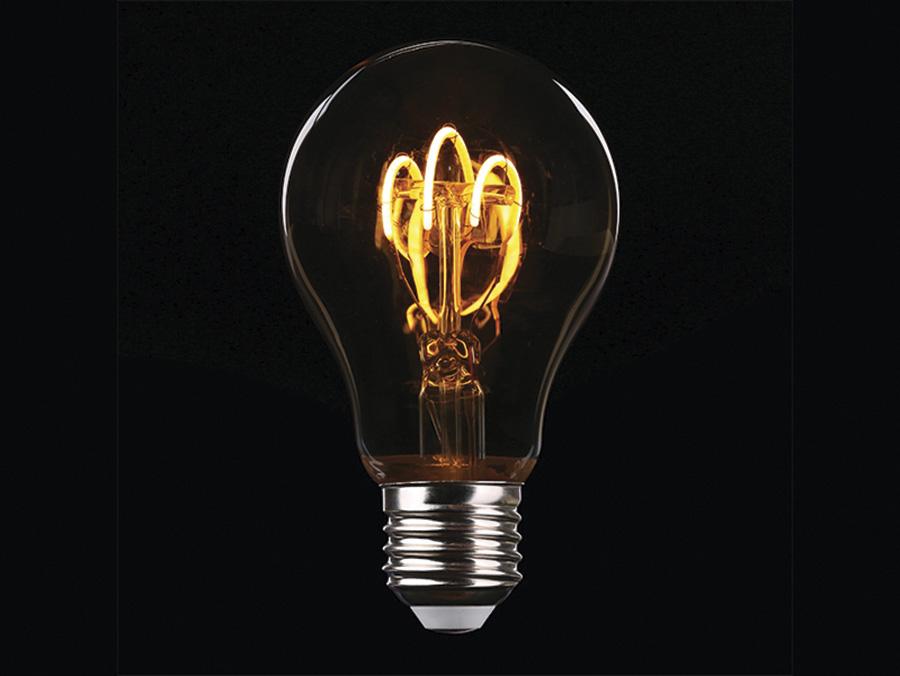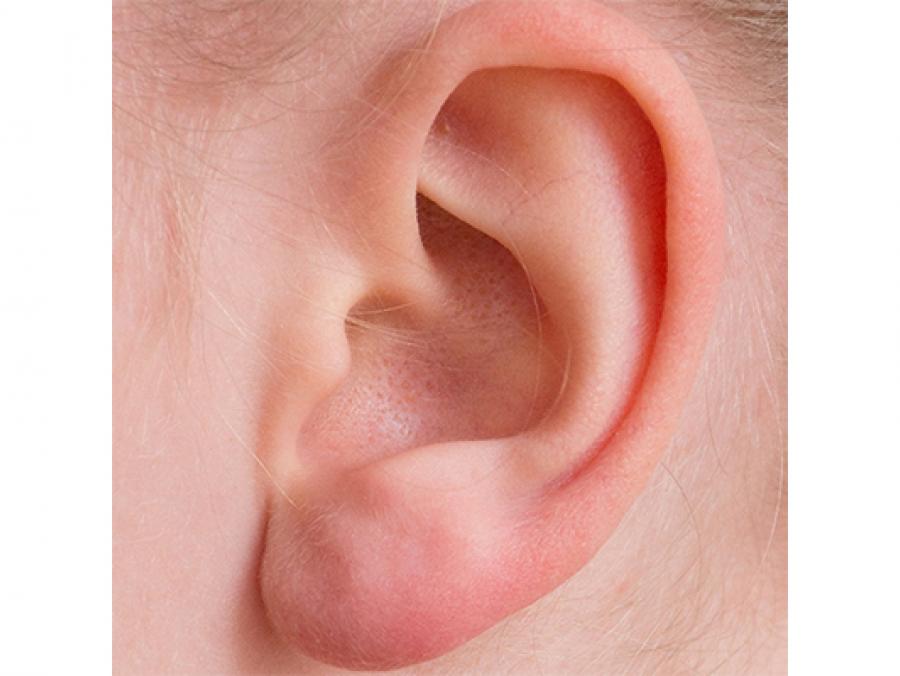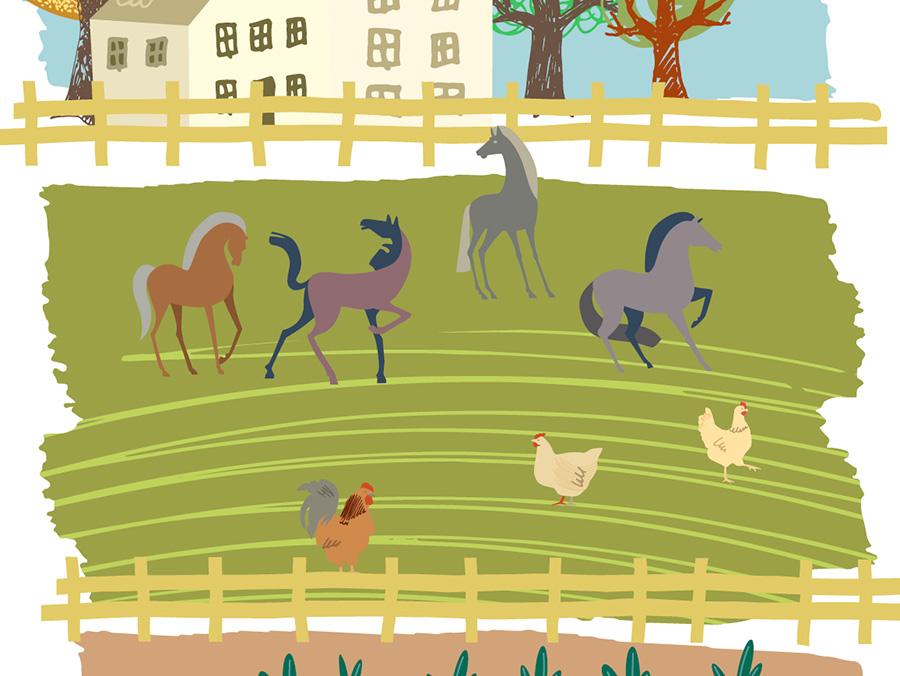s a high school student in the late 1980s in his native Israel, Ohad Shemmer was fascinated with the stars in the sky. Every night, he would keep track of how they varied in brightness over time and mail the information to the American Association of Variable Star Observers, which collected the data. He knew he was able to fill in gaps for a particular night or target, usually a star or sometimes an active galaxy, for a professional astronomer who missed that opportunity.
Now, as an associate professor of physics, he studies and measures the mass of black holes -- and he's made significant discoveries. In 2019, he was part of a team that found the most remote "cloaked" black hole, thanks to the help of NASA's Chandra X-ray Observatory.
"This really is my dream job," he says. "It's not only the observation at different wavelengths/frequencies or the study of physics that brings me joy -- it's the excitement of never-ending discoveries."
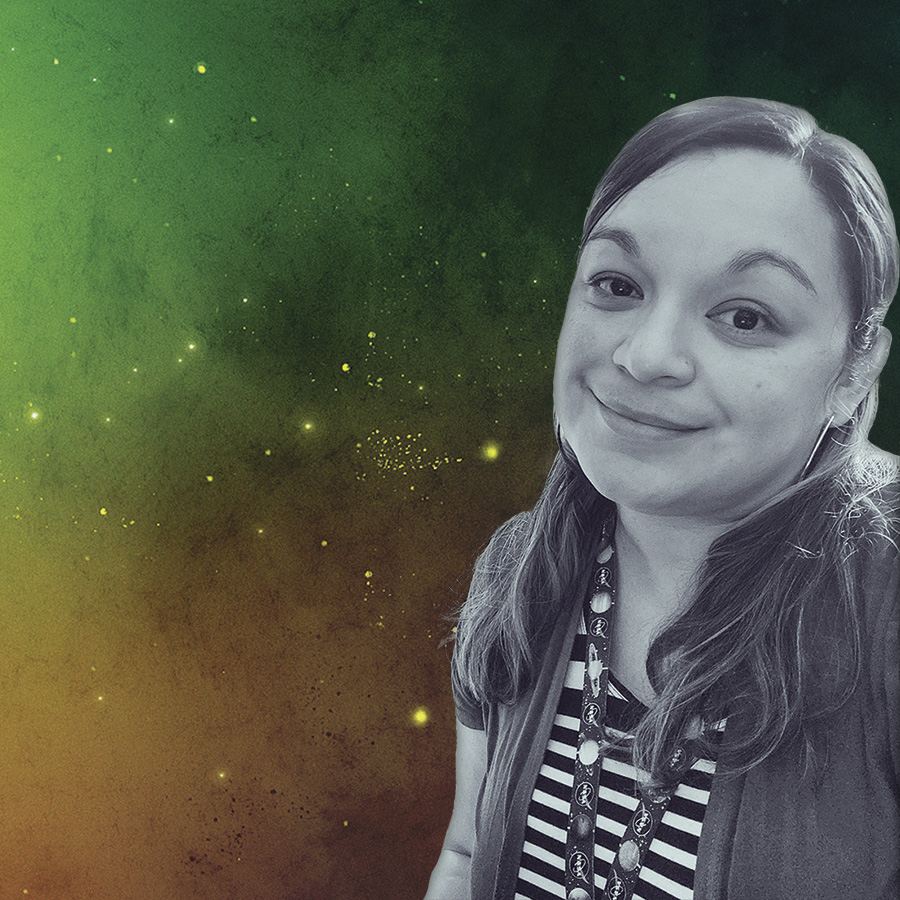
Shemmer is just one of several UNT researchers and alumni conducting innovative research with the help of NASA -- the space agency that is one of the U.S.' most beloved institutions. Their research is varied and could have far-reaching impacts. Under UNT's newly formed Center for Integrated Intelligent Mobility Systems (CIIMS), researchers are creating highways for drones that would allow for more accessible transport of goods, such as delivering organ transplants more rapidly, which would save more lives. Others are using NASA's satellite images to study farmers' irrigation techniques, which has the potential to reduce water usage.
And several alumni are working for NASA and other space programs, conducting research or spreading the word about its projects. They all share a common bond -- a curiosity and love for the vast unknown of space.
Jaclyn Barrientes ('05), who handles social media for the Space Telescope Science Institute, takes great pride in sharing stories about space.
"I'm not the person making the discoveries, but I'm translating them so the public understands," she says. "I get to do this amazing job with real-world implications."
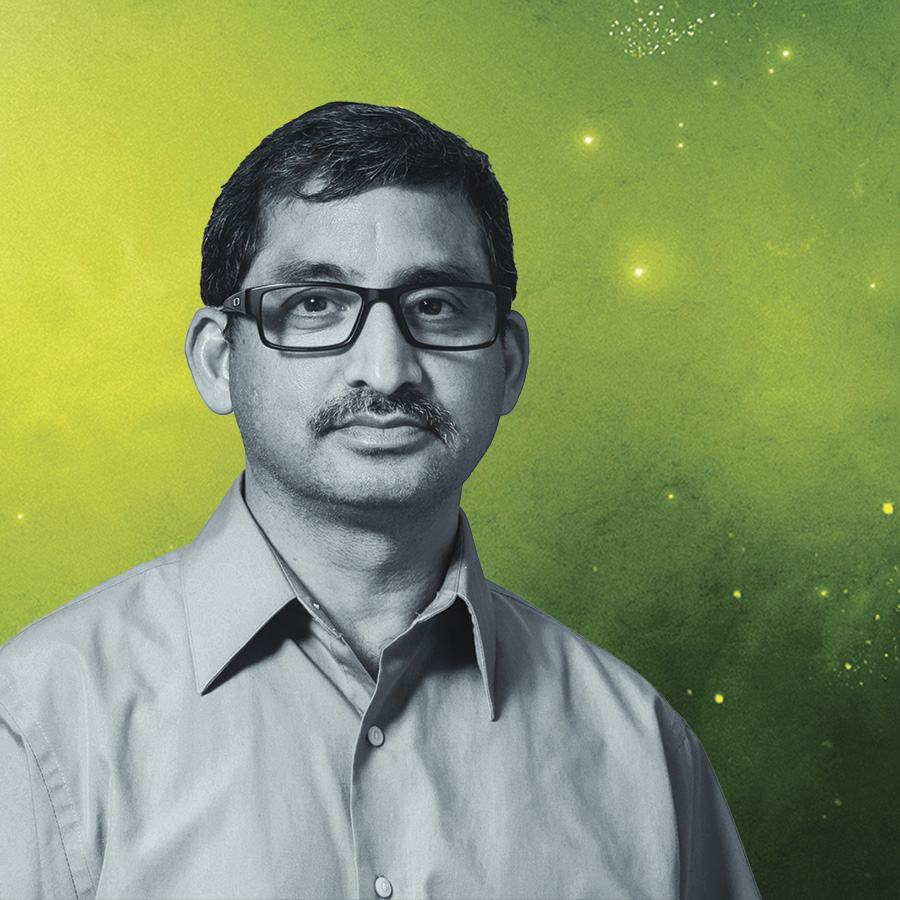
Helping solve real-world problems is a specialty of Kamesh Namuduri, professor of electrical engineering and a researcher for CIIMS. "In five minutes, a drone -- or unmanned air ambulance -- could get to an accident scene after receiving the call," he says.
He also is pursuing how life-saving transplants such as donated organs and human tissue can be transported quickly. Namuduri is spearheading two projects to make this a possibility. The first is the Advanced Air Mobility National Campaign, which would create air corridors to shorten the amount of time needed to deliver the organs -- or other kinds of cargo.
The air corridors would be like "highways in the sky," creating ramps in the airspace for drones to fly from point to point. The first corridor is planned to run from Fort Worth to UNT's Discovery Park, with the first flight expected to take place in October. For the test run, researchers will determine what issues and challenges the unmanned aircraft may encounter. They have to consider regulations, safety and how to handle weather, such as hailstorms. They also need to determine how drones "talk" to each other, such as giving the right of way in an intersection.
Namuduri is partnering with Bell Textron Inc., the North Central Texas Council of Governments (NCTCOG), and several cargo companies and universities.
"It is the first air corridor in the country and will create economic and workplace opportunities for the region," he says. "It's going to make a huge impact on humanity."
The second project -- funded with a three-year $746,000 grant from NASA -- will explore the supply chain logistics of high-volume manufacturing, such as the gaps that need to be addressed to be able to build drones. Namuduri is the principal investigator for the project, which also involves Terry Pohlen and Ila Manuj from the G. Brint Ryan College of Business and Nandika D'Souza from the College of Engineering. They are creating processes for certification of unmanned aircraft systems and components. His research also received funding from the U.S. Air Force and NCTCOG.
"NASA is providing the vision," Namuduri says. "We are trying to make this a reality by doing a lot of testing, large and simple, so we can understand the big challenges."
Back on the ground, the crops in the Mississippi Alluvial Valley are constantly changing the environment. Some methods to measure the changes -- such as flux towers collecting data on water vapor and carbon dioxide exchange rates between the earth and atmosphere, and a census of water, assessing its supply and use -- may not always be accurate.
"But satellite photos can tell a story," says Lu Liang, associate professor of geography and the environment, adding that satellite and aerial images cover a broader landscape and allow researchers to see how the sun lies on the fields.

Of the freshwater consumed in the world annually, 70% is used for agricultural irrigation. However, 40% of water used by farmers is wasted through evaporation as well as poor irrigation and water management.
Liang and Xiaohui Yuan, associate professor of computer science and engineering, are examining high-quality satellite and aerial images to see what irrigation techniques farmers in that region are using -- and to determine how techniques have been changed to accurately assess water use efficiency on farmlands. They have received $650,000 in grants from NASA, the U.S. Geological Survey and UNT (as a seed grant).
The researchers take the images with each pixel representing 1 square meter and divide them into small square patches. Using their skill sets and artificial intelligence for model generation and processing, they can annotate those patterns on the imagery.
"There are a lot of things NASA does besides looking outside to space -- they also look back toward the Earth for discovery," Yuan says.
At 3 a.m. this past Christmas, Jaclyn Barrientes ('05) was working in her pajamas in her sister's house in Carrollton.
But Barrientes enjoyed every minute of it. As social media director of the Space Telescope Science Institute, she gets to report about the Hubble telescope and the James Webb telescope, which is now observing a million miles away. On Dec. 25, she was posting and tweeting about the long-awaited launch of the Webb as people all over the world watched it.
"We thought it would be the worst possible day," says Barrientes, noting the launch had been repeatedly delayed and staffers were out because of the holiday. But she was pleasantly surprised. "In the end, I watched the launch of this amazing telescope with my sister and nephew in a living room lit by Christmas lights and presents from Santa under the tree. It ended up being the most magical day."
Barrientes' career also was unexpected. When she graduated from the Mayborn School of Journalism, social media barely existed. She worked as a page designer for several publications in Charlotte, N.C., before joining several nonprofit organizations in Washington, D.C. She then landed the job at the institute, a government agency based in Baltimore.
She uses many of the skills she learned at the Mayborn -- writing, editing and designing graphics. And she's pored through hundreds of books about galaxies and black holes to learn more about astronomy.
She admits that social media can be a wild place. In March, the Hubble got a massive scoop -- it detected lights from a star that was 13 billion years old.
"For the general public, it did not come off as fascinating news," she says. "They wanted aliens."
This summer, she got to plan the strategy for the Webb telescope's extraordinary pictures of some of the farthest galaxies ever seen. She's living her dream working amid the stars, reminiscent of her years growing up under the big open skies of Brownsville.
"I didn't know at the time some of the lights were planets and galaxies, but I knew how to find Orion from an early age, thanks to one of my elementary school teachers," she says. "The same teacher taught me that the gravity on Jupiter could squish the mean boy in my class as if he were made of clay. Even as I grew older, I loved looking out at the sky from the car at night, something I still do when I'm away from the city lights."
As a young boy growing up in Nigeria, John Femi-Oyetoro ('17 M.S., '21 Ph.D.) always needed to know things. He was known to tear radios apart to see what was inside them.
"I was curious and I asked questions. 'Why does this work?' 'Why do we look to the sky?'"
Now as a postdoctoral fellow for NASA's Jet Propulsion Laboratory in Pasadena, California, he conducts research and develops infrared detectors for space applications in ground or space telescopes.
Femi-Oyetoro didn't have connections to NASA when he applied for his job, but his interest in microdevices got him into the organization. And now he is inspired by the challenge of his work.
"These are devices that have critical applications," he says. "You cannot afford to have one fail. You have to make sure everything you're doing makes a very reliable device."
He says that researchers could spend decades -- their whole career -- on a project, citing a scientist from the NASA Goddard Space Flight Center during the December launch of the Webb telescope who said he had worked on the project for 20 years.
But Femi-Oyetoro is hooked, knowing that he's making a difference for humankind through his work.
"I'm passionate about this research, which helps form the foundation of technologies crucial for enabling science observations -- giving us a better understanding of Earth-like planets, ocean worlds and science measurements that point to potential hubs of life. Space is vast," he says, "and there is so much to explore."




